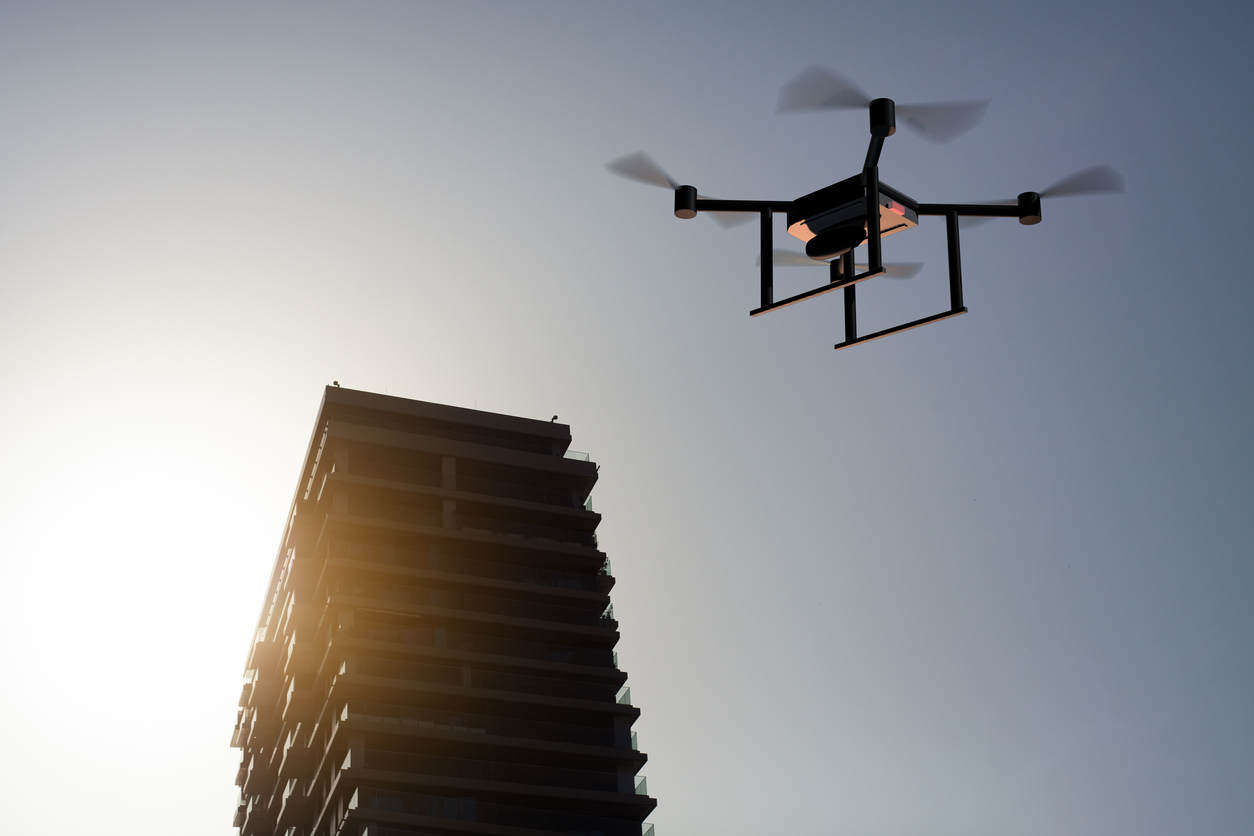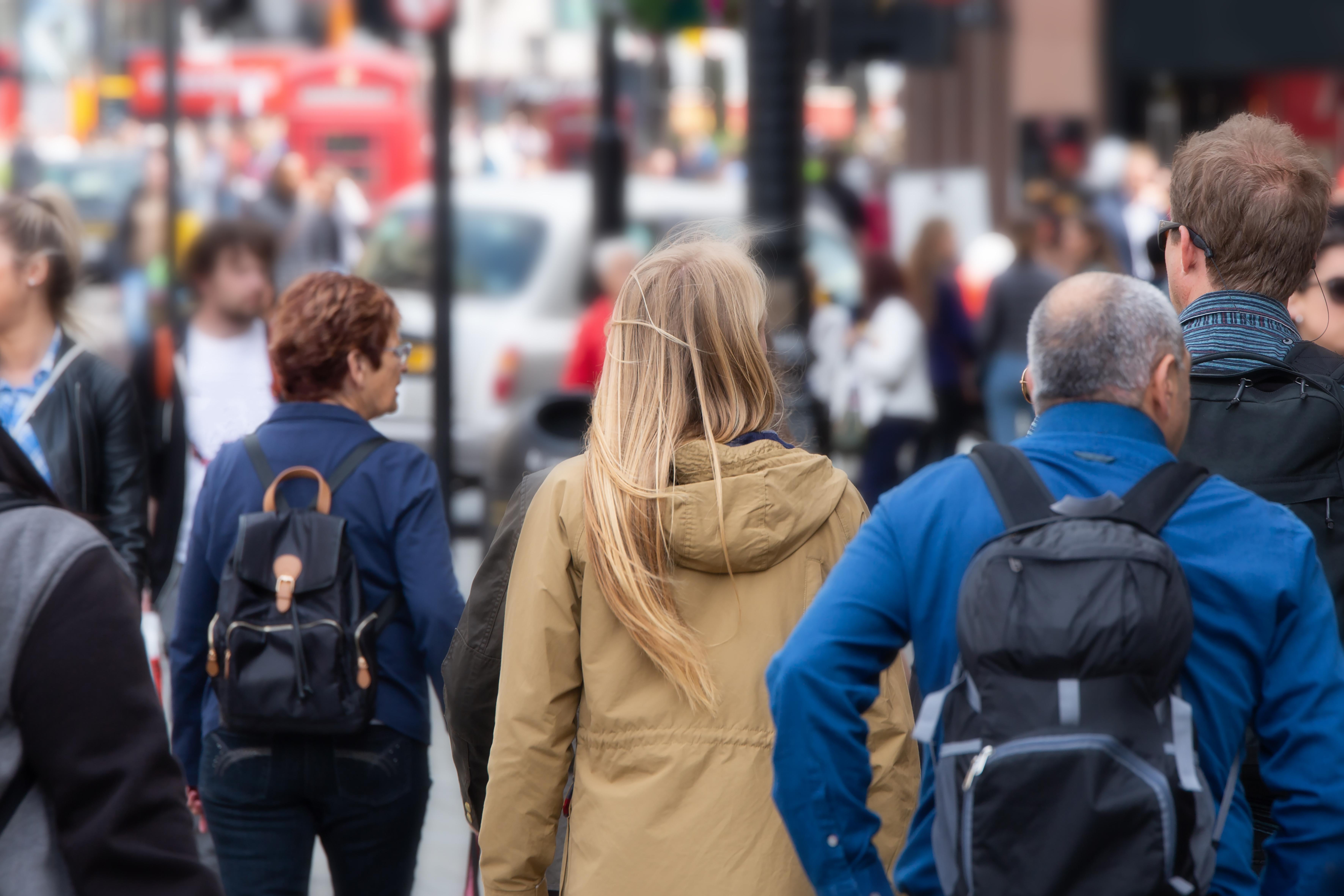Drones
A drone is a remote-controlled aircraft that doesn’t have a pilot on-board. Drones range from small children’s toys to large military systems. This includes remote-controlled model planes and helicopters.
There are different rules for different types (categories) of drone flight. The categories depend mainly on the weight of the drone, where you intend to fly, and how close you will be to people and built-up areas (towns and cities).
Your responsibility
If you fly or own a drone, it’s your responsibility to make sure all flights are safe and legal.
The Drone and Model Aircraft Code
This is like the Highway Code for drones. It was created by the Civil Aviation Authority (CAA) and it tells you how to fly a drone legally and safely.

Registration
The Operator
The operator of a drone is usually the owner.
If a drone is not owned by a single person, then a designated person known as the manager is the operator. For example, if a club owns a drone that members can use, then the club must designate a manager for the drone.
If you are the operator you must register with the Civil Aviation Authority (CAA) and get an OperatorID if the drone:
weighs over 250g or
has a camera that can take photos or record video
You must clearly display your OperatorID on every drone you own or manage.
Toys
You don’t need an OperatorID for a drone that is classed as a toy.
Your drone is likely to be a toy if:
maker or shop describes it as a toy
you bought it from a toy shop
it is marked as suitable for under 14s
it was advertised or packaged to attract children.
The Pilot
Anyone flying (piloting) a drone that weighs over 250g must pass a basic test with the CAA to get a FlyerID. They must carry their FlyerID details at all times while flying.
Some categories have extra requirements for pilots.
Insurance
You need insurance if:
you are not using it for sport or recreation – for example you are using it for work or
your drone weighs over 20kg
Insurance must be at least EC 785/2004 standard.
Flight Rules
This summary of the rules applies to most drone flights. But you must make sure you know which category your drone is in and exactly which rules apply.
Don’t endanger anyone or anything while flying a drone
You must be able to see the drone (including the space around it) at all times
Don’t fly if you’ve drunk alcohol or taken drugs
Respect other people’s privacy, and know what you can and cannot do with photos and videos.
Don’t fly:
over crowds (known as ‘assemblies’ in the rules)
over 400ft (120m) from the ground
in Restricted Airspace, for example near aerodromes, unless you get permission
where fire, police or ambulance services are responding to an emergency, unless you get permission
Depending on which category of drone you’re flying you may need to stay at least:
50m away from crowds and other people
150m away from built-up areas (towns and cities)
The Law
The laws on flying drones are part of the Air Navigation Order 2016.
In the law:
a drone is called an Uncrewed Aircraft (UA)
the whole system used to fly a drone (including the controller or mobile app) is called an Uncrewed Aerial System (UAS)
the Drone Operator is the person or organisation that owns or manages the drone
the Drone Pilot is whoever is actually flying the drone
The most important sections of the rules for drones are articles 265A to 265F, which are the rules on Drone Operators, Drone Pilots and Flight Categories.
If you Think Someone May be Breaking the Law
If you’ve read the rules and you think someone might be breaking the law, you can report a crime to your local police service:
by calling 101
at a police station
or by submitting an online form on the services website
Always call 999 in an emergency.
Police Powers
Policing powers to do with drones are in part 3 of the Air Traffic Management and Unmanned Aircraft Act 2021.
If the police think a drone could be connected to an offence, they can:
make you land your drone
stop and search people or vehicles to find drones or drone equipment
confiscate and keep drones or drone equipment found during a search
The police can require you to show them:
registration details and other information (for both pilots and operators)
evidence of permission to fly where necessary (for example to fly near an aerodrome)
The police can also check a drone to understand which rules apply to it.

